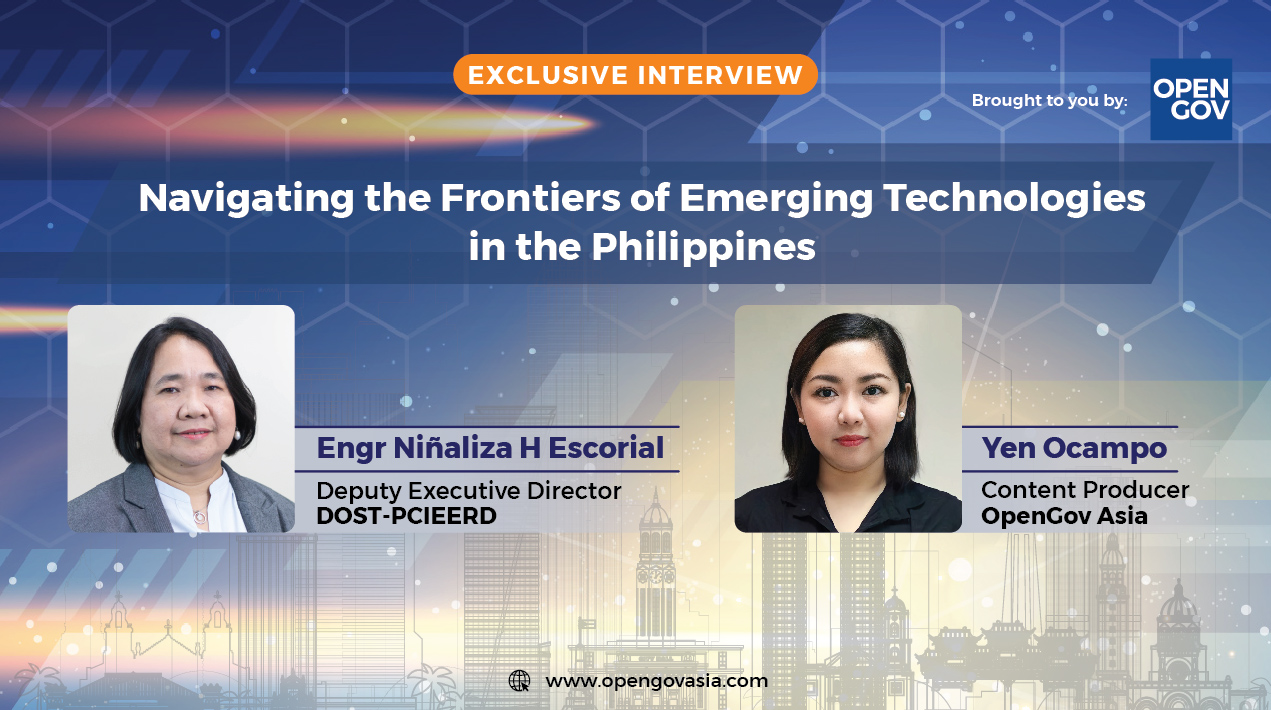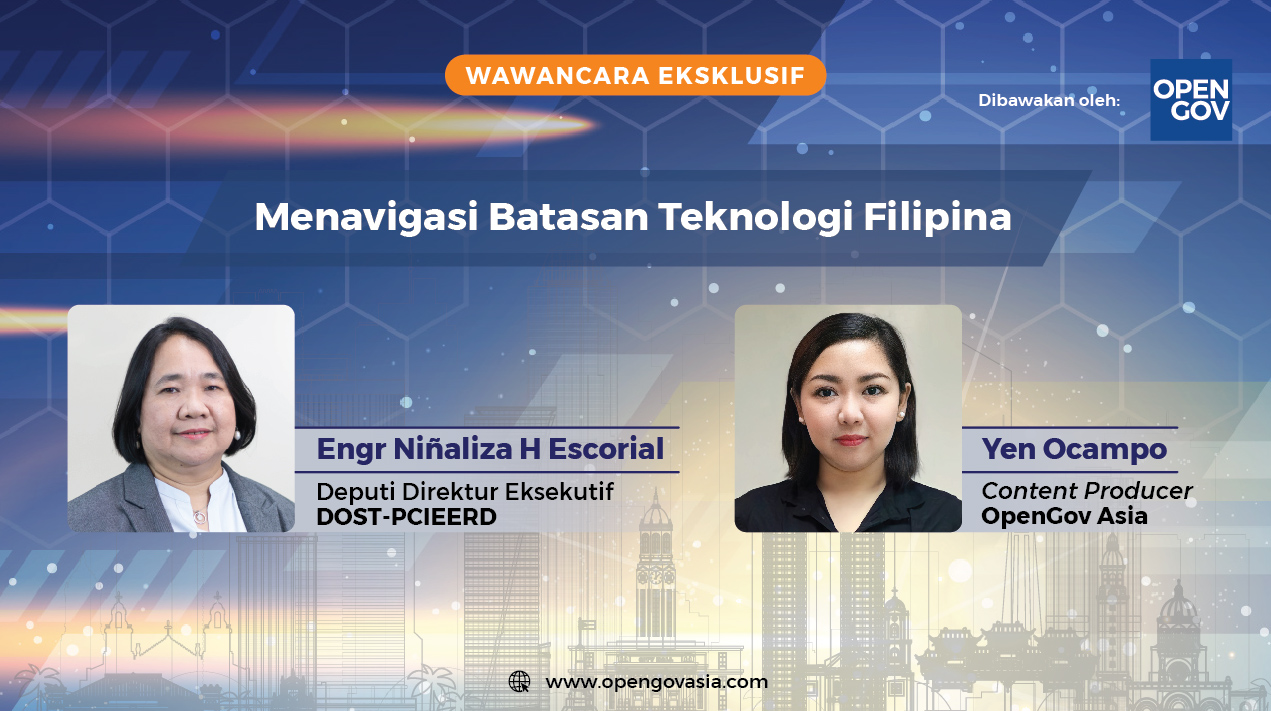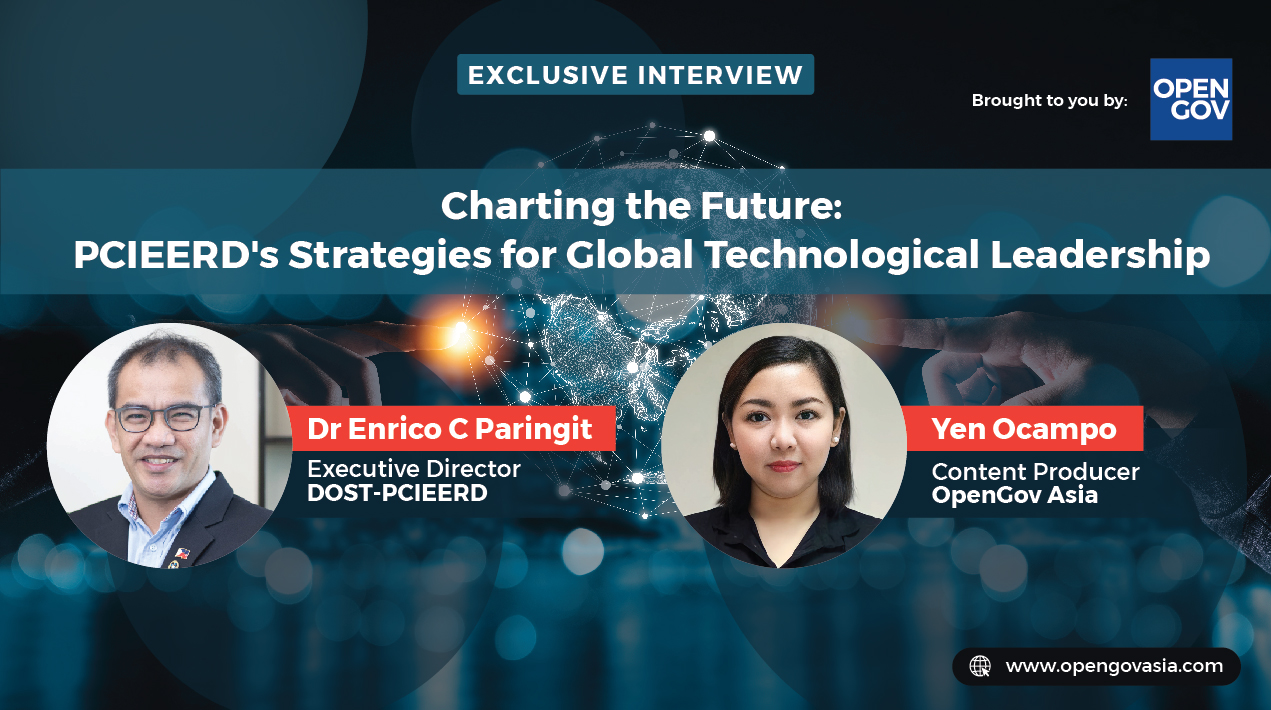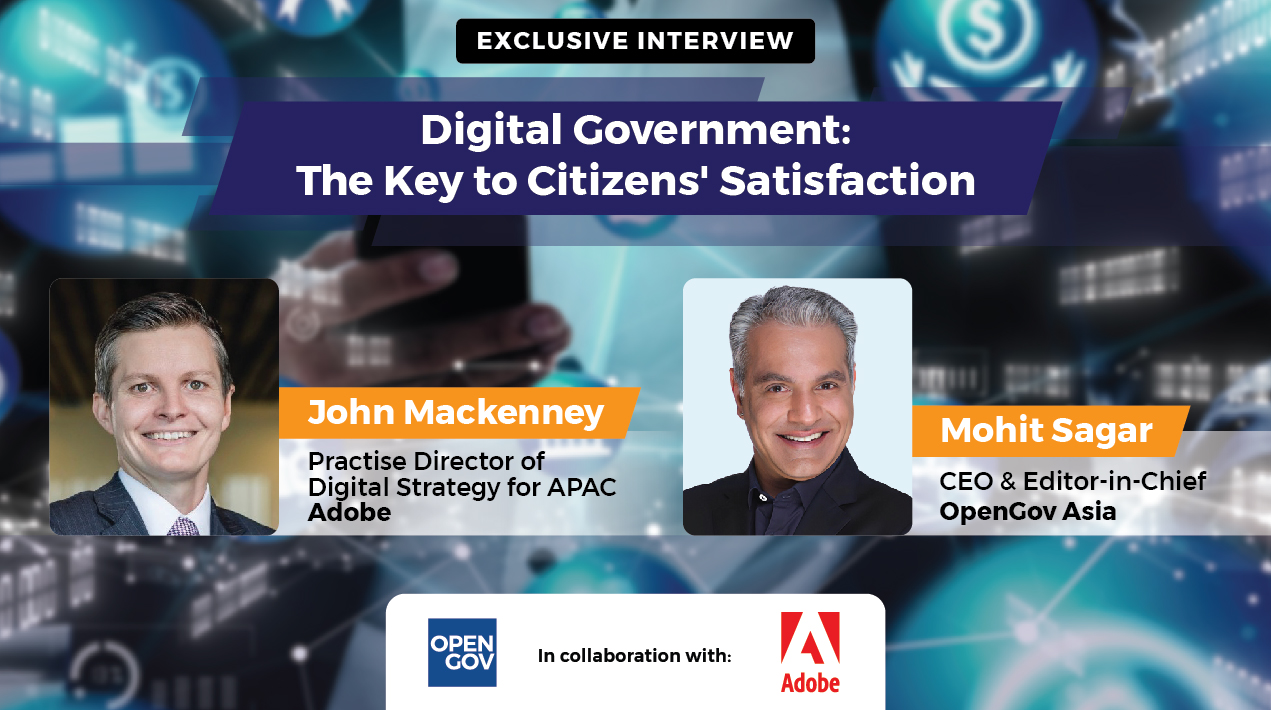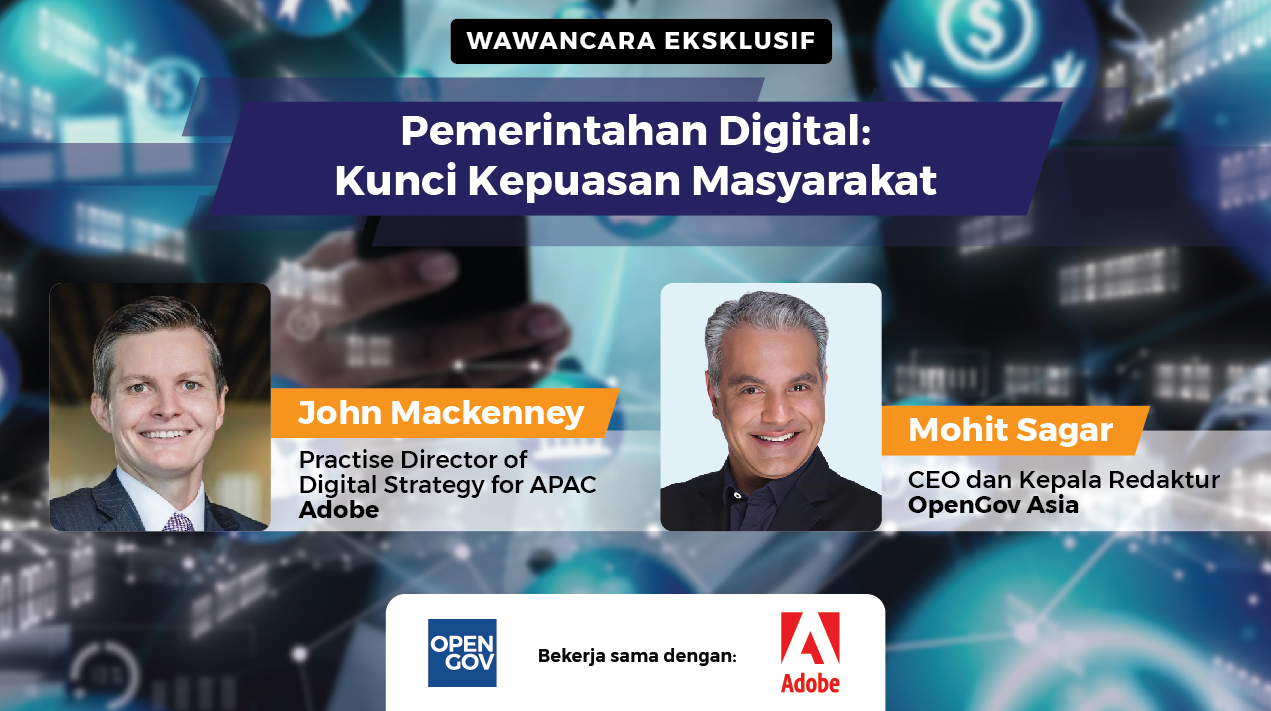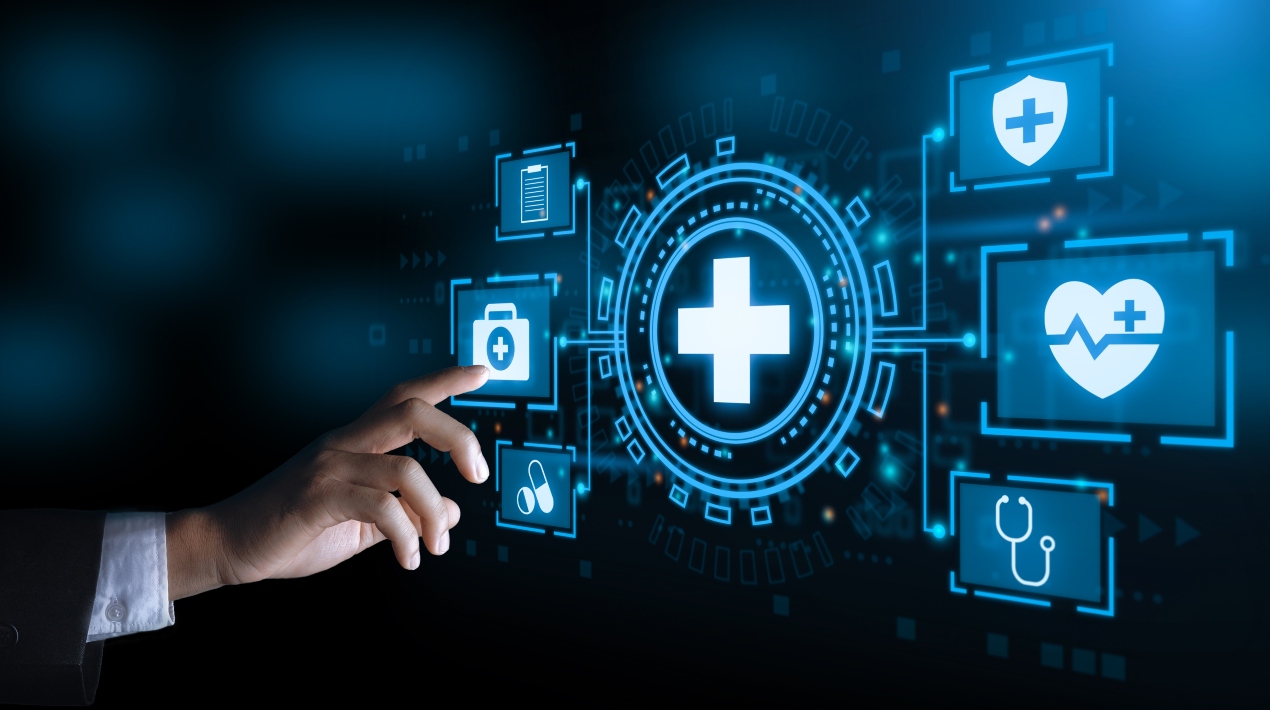
Today, we continue our discussion with Datuk Dr Noor Hisham Abdullah, Director General of Health Malaysia, regarding the use of ICT for information sharing in the healthcare sector.
"Strengthening of eHealth includes a strategy to develop a holistic approach of enterprise architecture in the healthcare organisations and setting up standards on integration and interoperability of ICT system to ensure a seamless exchange of information," Datuk Dr Noor Hisham Abdullah begins.
The vision and mission, as stipulated in the Information System Strategic Plan for MOH, is to make ICT as a business driver. It can then operate integrated and quality health services, providing comprehensive IT services for more efficient and effective health service delivery.
The Information System Strategic Plan includes Teleprimary Care-Oral Healthcare Information System (TPC-OHCIS); and Pharmacy Information System (PhIS). TPC-OHCIS System is to provide delivery of improved healthcare practices and better services to the citizen by enabling an integrated Primary Healthcare Services.
PhIS is to support National Medicine Policy objective to monitor provision of quality, safety and efficacy of drugs and ensure drugs availability, Datuk Dr Noor Hisham Abdullah told us.
The outcome they look to achieve is through providing the following:
- High quality, trusted source of information to allow the effective management of the health system
- Good access to data in a secure and privacy sensitive manner
- Data that is linkable and comprehensive allowing questions across the continuum of care
- Integral key health system management initiatives e.g. KPI’s, 1Care, HIMS etc.
- Support research and surveillance requirements
- Greater impact on the citizens and the community
The Ministry of Health (MOH) is then allowed to have an evidence based planning and accurate projection and forecasting so that good decisions can be made, within a climate of a changing health landscape (disease patterns, resource allocation, demands, delivery challenges, etc.) and to facilitate development of environment for Informed persons to make better health choices.
“Some of the activities implemented in Rancangan Malaysia Ke-10 (10th Malaysia Plan) will be further strengthened in RMK-11 and some will be first implemented in RMK-11, 2016-2020,” Datuk Dr Noor Hisham Abdullah said.
ICT ROI for Health Care
As for the ROI for these projects, Datuk Dr Noor Hisham Abdullah assured us that there are more than enough cost benefits to implementing further ICT.
"The estimated cost of implementing the system- using MIMOS technology- is saving the government 1/3 of the cost, than if we were using best of breed," Datuk Dr Noor Hisham Abdullah emphasised.
The proven technology is able to be further rolled out in different environments. Scalability will be a key consideration in specifying and configuring any hardware and software. Web applications, including mobile applications, will be the primary mechanism to access the system.
The use of browser technology allows for low maintenance and low impact at the site accessing the tools.
"An exception to this will be access by statistical tools like SPSS which will be deployed on internal MOH networks using a client server or desktop model," said Datuk Dr Noor Hisham Abdullah, "Only Business Intelligence (BI) and Enterprise Portal tools will be provided for external use."
MyHDW will support a multi-channel approach ranging from simple reports, complex interactive reporting through to ad-hoc query. The latter two are considered self-service model. These models allow for a wide range of deployment options and information to be produced driven by user need and not restricted to the availability of centrally located analysts.
While this allows significantly better access to information, such as in the case of ad-hoc query, it can also put a high burden on database and BI servers. Specification for these servers and associated hardware and software should take this multi-channel approach into account.
IoT and the Future of Health Care
The Internet of Things (IoT) has been proven to be useful in the healthcare industry. The network of physical objects or "things" embedded with electronics, software, sensors, and network connectivity, enables objects to collect and exchange data amongst each other.
“The Internet of Things allows objects to be sensed and controlled remotely across existing network infrastructure, creating opportunities for more direct integration between the physical world and computer-based systems, and resulting in improved efficiency, accuracy and economic benefit,” said Datuk Dr Noor Hisham Abdullah,
“Each thing is uniquely identifiable through its embedded computing system but is able to interoperate within the existing Internet infrastructure. MyHDW is embedded with web applications, including mobile applications, which will enable the implementation of the Internet of Things.”
In 2016, Ministry of Health strives to roll out and deliver the Blue Print for National Health System Transformation, the Malaysian Health Data Warehouse and a strengthened eHealth initiative.
(Image from Phalinn Ooi- CC BY 2.0)



